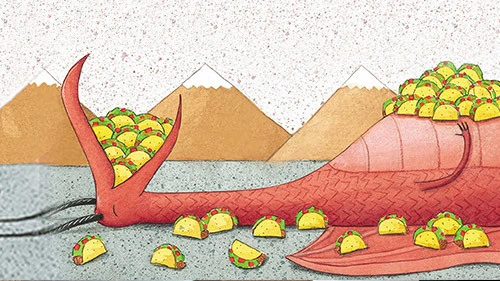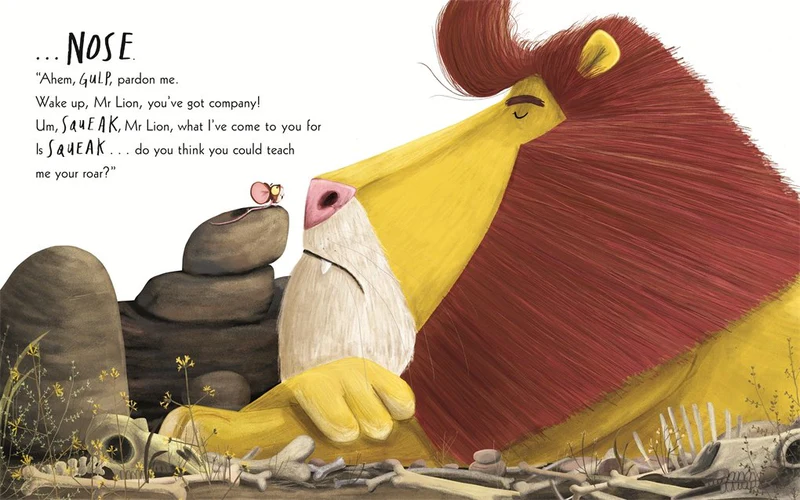Harriet Glickman, Who Pushed Peanuts to Add a Black Character, Dies at 93

Harriet Glickman, who in 1968 persuaded Charles M. Schulz, the creator of “Peanuts,” to add an African-American character to his roster of Charlie Brown, Snoopy and the rest of the gang, died on March 27 at her home in Sherman Oaks, Calif. She was 93.
Her daughter, Katherine Moore-MacMillan, said the cause was complications of myelodysplastic syndrome.
Ms. Glickman was a former schoolteacher in California when the Rev. Dr. Martin Luther King Jr. was assassinated in 1968, shocking the nation and heightening her concern about what she saw as toxic racism that permeated society.
She began thinking of ways the mass media shaped the unconscious biases of America’s children, she later wrote, and “felt that something could be done through our comic strips.”
She wrote to several cartoonists, including Mr. Schulz, urging them to add black characters to their strips.
At the time “Peanuts,” which had been appearing since 1950, was syndicated in about 1,000 newspapers and reached tens of millions of readers, according to Benjamin L. Clark, the curator at the Charles M. Schulz Museum in Santa Rosa, Calif.
Ms. Glickman recognized that loyal “Peanuts” readers might be nonplused, or even annoyed, by a new character. So she wrote a letter to Mr. Schulz in April 1968, shortly after Dr. King’s assassination, that made a reasonable case for adding a black character while acknowledging the risks involved.
“I’m sure one doesn’t make radical changes in so important an institution without a lot of shock waves from syndicates, clients, etc.,” she wrote. “You have, however, a stature and reputation which can withstand a great deal.”
Mr. Schulz replied later that month. Many cartoonists, he wrote, “would like very much to be able to do this, but each of us is afraid that it would look like we were patronizing our Negro friends.”
Ms. Glickman asked Mr. Schulz if she might share his letter with some black friends to get their input, and he agreed. One of those friends, Kenneth Kelly, a neighbor with whom Ms. Glickman protested housing discrimination, wrote that adding a black character, without great fanfare and “in a casual day-to-day scene,” would allow black children to see themselves in popular culture and “suggest racial amity.”
Mr. Schulz responded to Ms. Glickman at the beginning of July that she should look out for a strip to be published toward the end of the month.
On July 31, 1968, Franklin Armstrong appeared in “Peanuts” for the first time, returning a beach ball Charlie Brown had lost in the ocean and then helping him build a sand castle. Nothing aside from the color of his skin set him apart from the other children in the strip.
Even though Franklin was a quiet presence, readers noticed him. One of them was Barbara Brandon-Croft, whose comic strip, “Where I’m Coming From,” became the first by an African-American woman to be nationally syndicated in the mainstream press.
“I remember feeling affirmed by seeing Franklin in ‘Peanuts,’” Ms. Brandon-Croft was quoted as saying in The New York Times in 2018, when the Schulz Museum held an exhibition called “50 Years of Franklin.” “‘There’s a little black kid! Thank goodness! We do matter!’”
Many readers wrote in support of the new character. But others were livid, including at least one newspaper editor in the segregated South who wrote that he was incensed when Franklin appeared in school with the other characters.
Mr. Schulz told Penthouse magazine in a 1971 interview that introducing Franklin “brought the strongest criticism I can remember.”
“There weren’t many letters,\" he added, “but they were quite vehement.”
Franklin continued appearing in new “Peanuts” strips, and the criticism soon quieted. Mr. Schulz died in 2000.
Over time some “Peanuts” readers came to resent that Franklin didn’t have more defining characteristics. One of them was the comedian Chris Rock.
“Everybody got their thing except Franklin!” he said on “Saturday Night Live” in 1992. “Give him something! Damn, give him a Jamaican accent!”
David Kamp, an editor at Vanity Fair, once asked Ms. Glickman whether she was ever frustrated that Franklin was given a mild disposition. He published her answer in an opinion essay he wrote for The Times.
“Never!” Ms. Glickman said. “Are you kidding me? I was so pleased with Charles Schulz. He did what he could do at the time.”
Harriet Mae Ratner was born in Sioux City, Iowa, on Nov. 17, 1926, to Harry and Toni (Merlin) Ratner. Her parents, Jewish immigrants from Russia, ran a grocery store. The family eventually moved to Chicago, where Harriet graduated from Hyde Park High School (now Hyde Park Academy High School) in 1943.
Her parents were staunch progressives, and she grew up attending protests in support of the labor and civil rights movements, among other causes.
She studied English at the University of Michigan, then completed her bachelor’s degree at the University of California, Los Angeles, in 1948. In 1950 she married Richard Glickman, a film lighting engineer who designed a popular fog machine, and in 1954 she retired from her job as a special needs teacher in Burbank to care for her children.
From 1982 until 1999 Ms. Glickman was the director of programs and services for the Southern California Association for Philanthropy (now known as Southern California Grantmakers).
In addition to her daughter, she is survived by two sons, Paul and Simon; a sister, the actor and casting director Joanna Merlin Dretzin; and three grandsons. Mr. Glickman died in 2018.
In 2014 the Schulz Museum conducted an oral history interview with Ms. Glickman, who said she hoped that readers would not forget that not that long ago a comic strip panel showing “a kid who was not quite as light as the other characters” had caused a stir.
“There’s still much to be done,” she said at the end of the interview.




